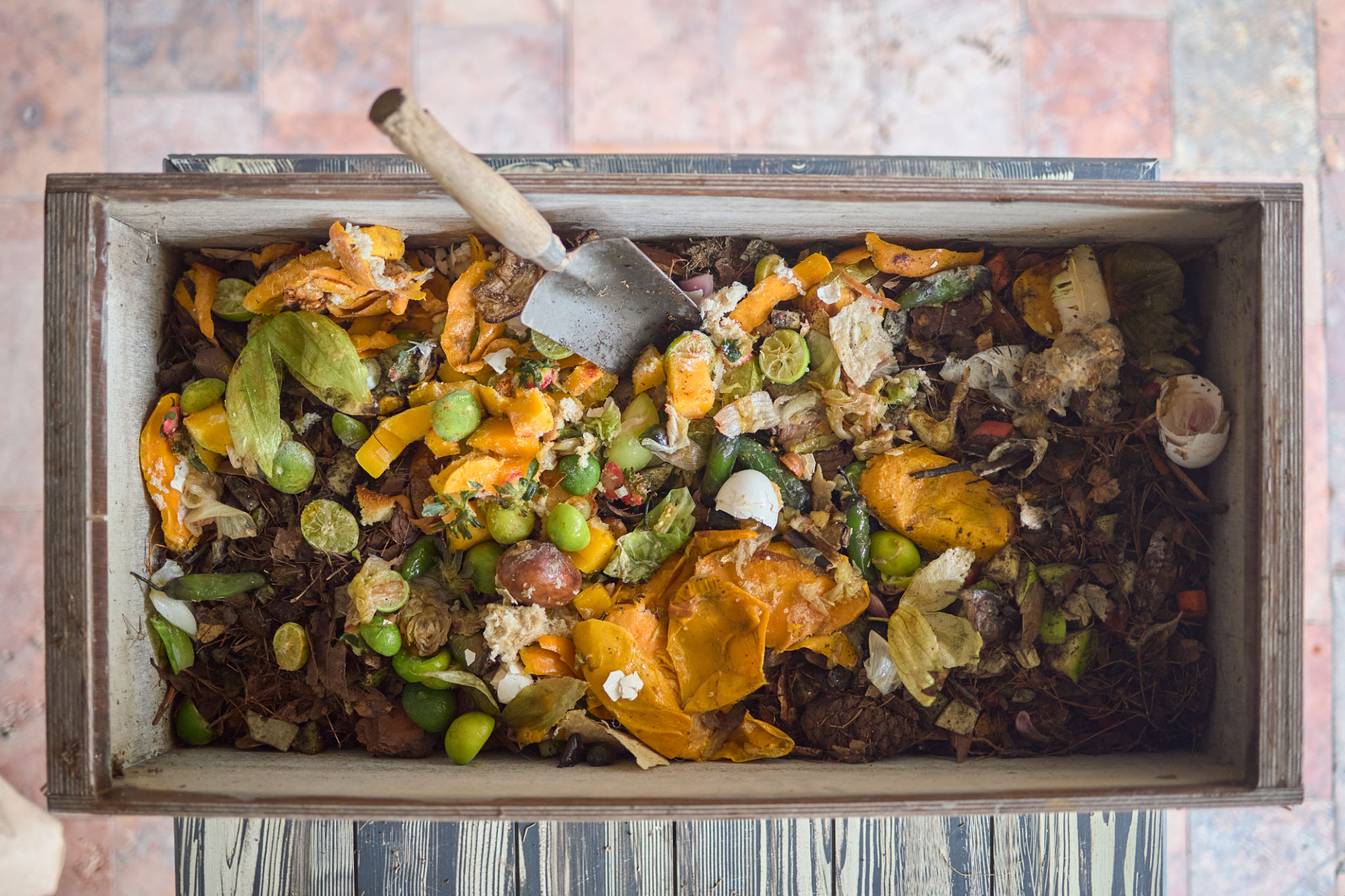How to Incorporate Permaculture Principles into Your Urban Landscape
Understanding Permaculture
Permaculture is a sustainable design philosophy that emphasizes working with nature to create self-sufficient ecosystems. Originally developed for rural landscapes, its principles can be effectively applied to urban environments. By integrating permaculture into your urban garden, you can enhance biodiversity, improve resilience, and create a more sustainable living space.

Start with Observation
Before implementing any changes, spend time observing your existing landscape. Note how sunlight, wind, and water interact with your space. Understanding these elements will help you design a garden that works in harmony with its surroundings. Take note of areas with different microclimates, such as sunny spots versus shaded areas, as this will influence plant selection.
Design for Resilience
Resilience is a key aspect of permaculture. To build a resilient urban landscape, focus on diversity and redundancy. Plant a mix of native and adapted species that provide various functions, such as attracting pollinators, improving soil health, or offering edible produce. This diverse planting strategy ensures that if one species fails, others can fill its role.

Water Management
Effective water management is crucial in urban permaculture. Consider installing rainwater harvesting systems to capture runoff from roofs and hard surfaces. Use swales or contour beds to slow down and direct rainwater toward thirsty plants. Mulching is another essential practice; it helps retain soil moisture and suppresses weeds.
Soil Health
Healthy soil is the foundation of any thriving garden. Focus on building rich, fertile soil by incorporating organic matter such as compost and mulch. Avoid synthetic fertilizers and pesticides, which can harm beneficial soil organisms. Instead, use natural amendments like compost tea or worm castings to enhance soil fertility.

Integrate Animals
Even in an urban setting, small animals can play a significant role in permaculture systems. Chickens, for example, provide eggs, pest control, and manure for composting. If keeping animals isn't feasible, consider attracting beneficial wildlife such as birds and insects that aid in pest management and pollination.
Community and Sharing
Permaculture thrives on community involvement and resource sharing. Engage with neighbors to exchange seeds, plants, and surplus produce. Forming or joining local gardening groups can also provide support and foster a sense of community. Collaborating on larger projects like community composting or shared garden spaces can amplify the positive impact of your efforts.
Continuous Learning
The journey to incorporating permaculture principles is ongoing. Stay curious and continue learning from both successes and challenges in your urban garden. Attend workshops, read books, and connect with other permaculturists to gain new insights and techniques.

By embracing permaculture principles in your urban landscape, you not only create a sustainable environment but also contribute positively to the urban ecosystem. The efforts you make today can lead to a healthier, more resilient future for your community.